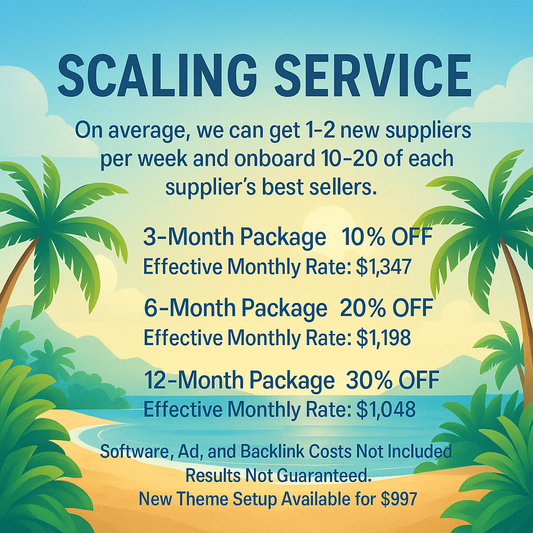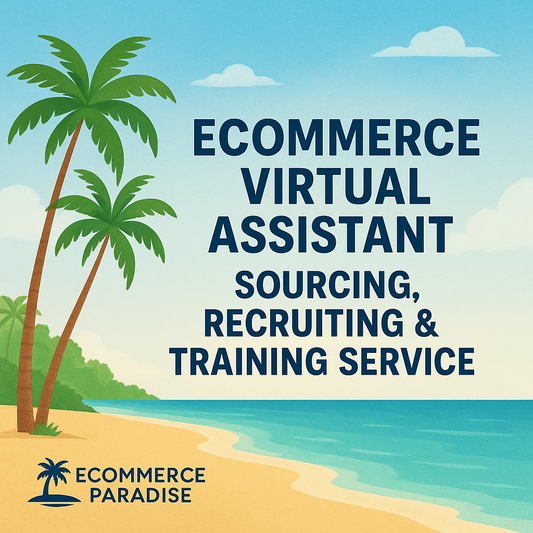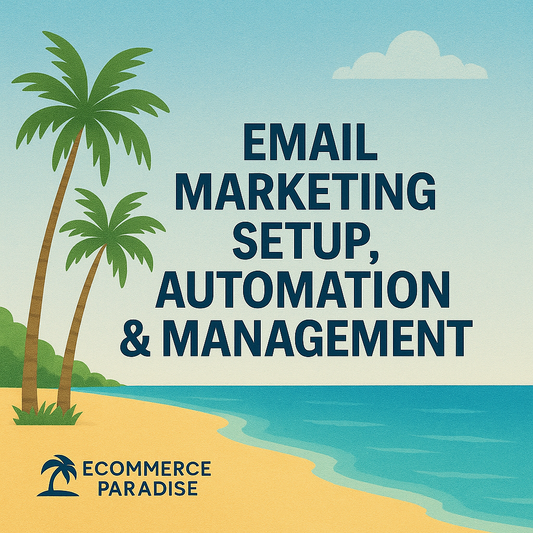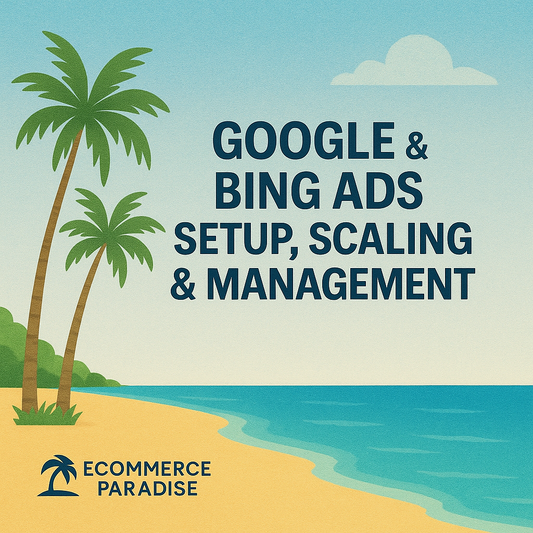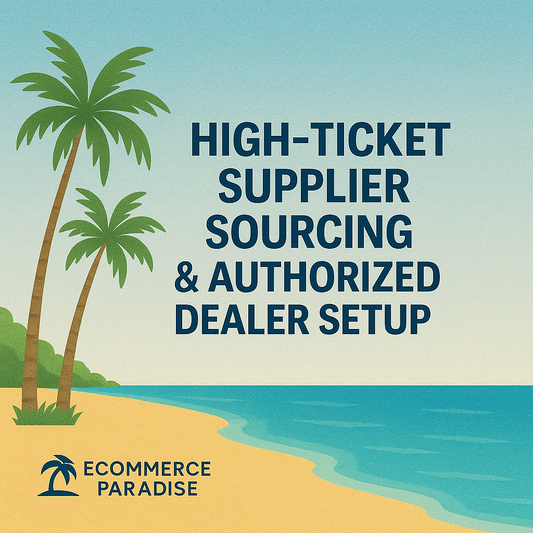
Best Chatbot Platforms for Streamlining Customer Conversations
The best chatbot platforms help people automate conversations, answer questions, and improve customer service. These tools can handle common tasks, save valuable time, and make online communication easier—especially for online businesses like high-ticket dropshipping.
There are many chatbot platforms to choose from, each with its own features. Some focus on simple question-and-answer chats, while others use advanced AI to handle complex problems. Businesses and individuals can find solutions for websites, social media, and even texting.
A good chatbot platform should be easy to set up and use. It should also work well with other tools people already use. This post explains what to look for and points out some top platforms to try.
Quick List: Best Chatbot Platforms
- ManyChat
- Intercom
- Tidio
- Zendesk Suite
- Livechat
- Intercom
- Gorgias
- Birdeye
- Freshsales
- Social Intents
- Olark
- LiveAgent
- Hubspot CMS
- Helpfruit
- Chatsi
- Crisp
- SendPulse
What Are Chatbot Platforms?
Chatbot platforms are tools that let businesses create, manage, and use chatbots to communicate with users across websites, apps, and messaging services. These platforms offer different ways to build chatbots, ranging from simple drag-and-drop builders to tools using artificial intelligence.
How Chat Bot Apps Work
Chat Bot Apps use rules, scripts, or AI to understand messages and reply to questions or commands. Some chatbots follow strict pathways, giving set answers if a question matches a saved prompt. Others use natural language processing (NLP) to better understand how people talk and provide more flexible responses.
Developers or non-technical users can set up these bots through a platform interface. Many Best Chatbot Platforms offer templates for tasks like customer service, FAQs, or booking to make setup easier. Chat Bot Apps can connect to websites, Facebook Messenger, WhatsApp, Slack, and more using built-in integrations.
A typical chatbot conversation looks like this:
| User Message | Bot Reply |
|---|---|
| "What are your hours?" | "Our hours are 9am to 6pm, Monday-Friday." |
| "Can I track my order?" | "Please enter your order number." |
Types of Chatbot Solutions
There are two main types of chatbot solutions: rule-based bots and AI-powered bots. Rule-based bots follow pre-set flows and scripts. They are easy to set up and best for simple, common questions. They lack flexibility since they can't answer questions outside their scripts.
AI-powered bots use machine learning and NLP. They can handle more complex or new questions by learning from data and past interactions. These are better for customer support or sales, where questions can be unpredictable.
Some Best Chatbot Platforms offer hybrid bots. These mix rule-based flows with AI features, giving businesses more options.
Key Benefits for Businesses
Chatbot tools help businesses reply to customers 24/7, saving time and effort for human staff. They automate common tasks such as booking, order tracking, and FAQs.
Best Chatbot Platforms let businesses handle more messages without hiring extra people. This can cut costs and speed up help for customers. Chatbot Platforms also collect conversation data, so companies can see frequent questions and improve their products or services.
Many Chat Bot Apps support multiple languages and channels, letting businesses serve more users worldwide.
Top Features of the Best Chatbot Platforms
The best chatbot platforms offer advanced technology that is easy to use and manage. They help businesses handle more conversations, improve customer support, and connect with users on multiple channels.
AI and Automation Capabilities
Strong chatbot platforms use artificial intelligence (AI) to make conversations more natural and helpful. AI chatbots understand user questions, give quick answers, and even remember customer preferences.
Automation lets bots handle tasks like booking, checking order status, or answering FAQs without human help. This saves time for both customers and businesses.
Platforms like Dialogflow, Microsoft Bot Framework, and Chatfuel support machine learning and natural language processing. Features can include sentiment analysis, multilingual support, and intent recognition. These help bots learn from past conversations and improve accuracy over time.
In summary:
- Quick and accurate responses
- Handling repeated tasks automatically
- Continuous learning from conversations
Omnichannel Integration
Omnichannel integration means connecting one chatbot to many channels, such as websites, apps, Facebook Messenger, WhatsApp, and SMS. The best chatbot platforms make it easy to manage conversations everywhere from a single dashboard.
Customers might start a chat on a website and later move to a mobile app or social media. Platforms like ManyChat, Intercom, or LivePerson allow chatbots to follow the conversation across these channels without losing context.
Businesses can reach more people and offer a smoother experience. Some platforms even use shared inboxes and conversation histories to make sure no messages are missed. This helps keep support fast and more personal.
Customization and Scalability
The best platforms let companies tailor chatbots to fit their exact needs. This includes customizing chat flows, designing unique responses, and adding the company's branding and voice.
Scalability is also key. As a business grows, the chatbot should be able to handle more users or add new features. Platforms like HubSpot, Zendesk Chat, and Tidio offer drag-and-drop editors, templates, and advanced tools for larger teams.
Main customization features:
- Editable scripts and flexible workflows
- Integration with CRMs and e-commerce systems
- Analytics to track and improve bot performance
Good chatbot apps make it simple to update or expand bots without starting from scratch. This is important for growing businesses with changing needs.
Leading Chatbot Platforms Reviewed
Chatbot platforms make it easier for businesses to handle customer questions and automate messages. Each tool offers different features, supporting unique workflows and integration options for smooth customer experiences.
ManyChat
ManyChat is a chatbot platform built mainly for marketing on Facebook Messenger, Instagram, and WhatsApp. Businesses use it to automate replies, send broadcasts, and guide leads through sales funnels.
Key features include a simple drag-and-drop editor, easy integration with Shopify, and automated appointment booking. ManyChat also supports text messaging (SMS) and email, so users can reach audiences on different channels.
The platform offers analytics to track subscriber growth and message performance. Its chatbot templates allow beginners to start quickly. ManyChat’s free plan covers basic functions, while premium options add advanced automation and integration with other marketing tools.
Tidio
Tidio helps small and medium businesses connect with website visitors using live chat and AI-powered chatbots. The platform supports popular messaging apps, like Messenger and Instagram, alongside website chat.
Tidio stands out for its simple setup and wide range of integrations. Users can run live chat and automated bots at the same time, ensuring quick responses even outside business hours. The platform also includes a visual workflow editor to build complex chatbot scripts without coding.
Features like canned responses, automated greetings, and visitor tracking help teams work more efficiently. Tidio’s free plan supports unlimited chats, but features such as chatbot triggers and detailed analytics require a paid plan.
Zendesk Suite
Zendesk Suite brings together support tools like chat, email, ticketing, and help center into a single package. Its Answer Bot uses artificial intelligence to respond to common questions and route customers to the right human agent when needed.
Zendesk Suite’s chatbots work across websites, apps, and messaging platforms for unified support. The system includes detailed reporting and integrates with hundreds of business tools, including CRM and eCommerce systems. The ticketing workflow ensures every customer inquiry is logged and managed properly.
Key strengths are scalability and security, making Zendesk Suite popular with larger teams and companies. It supports customization, including branded chat widgets and advanced automation rules.
Livechat
LiveChat focuses on real-time website chat with automation features to improve customer support. Its chatbot API allows users to build custom bots or connect third-party automation tools.
LiveChat includes rich messaging options like product cards, ratings, and file sharing during chat. Agents can use canned responses and tags to organize conversations. The platform supports integrations with over 200 tools, including CRM, email, and payment systems, to keep work seamless.
Reporting dashboards track chat volume, response times, and customer satisfaction. LiveChat’s setup is straightforward, making it easy for teams to get started. Plans are available for different business sizes, with features growing along with company needs.
Notable Alternatives and Niche Providers
Some chatbot platforms are designed for broad use, while others fill specific needs or industries. Choosing the right platform depends on business goals, target customers, and the level of support required.
Intercom Versus Competitors
Intercom is widely recognized for combining live chat, automated bots, and customer messaging in one platform. It stands out for user-friendly automation, a strong help desk, and easy integration with other tools.
Its main competitors, like Zendesk and Drift, focus more on classic customer support or marketing automation. Intercom offers a visual bot builder, customizable workflows, and strong analytics for customer conversations.
Small to mid-size companies often choose Intercom because it is easy to set up and scales as they grow. However, its pricing can be higher than some competitors, especially for advanced features or large teams. Some users prefer competitors for specialized features or industry focus.
Specialized Solutions: Gorgias, Birdeye, and Freshsales
Gorgias is a popular chatbot platform among e-commerce businesses, especially for stores on Shopify, Magento, and BigCommerce. It connects directly to order data, which helps support teams give quick answers about orders, refunds, and product information.
Birdeye focuses on reputation management and customer feedback. It lets businesses automate review requests, manage online reviews, and chat with customers in real time on social media or web chat.
Freshsales (part of Freshworks) offers a CRM with chatbot features for sales and support teams. Its bots help teams qualify leads, book meetings, and answer common questions, all inside the CRM.
These platforms focus on specific business needs. They are helpful for companies looking to improve processes in key areas rather than using general-purpose bots.
Emerging Platforms and Integration Capabilities
Chatbot platforms are adapting quickly to new business needs. Modern chatbots not only provide live chat but also connect smoothly with many other tools and channels.
Hubspot CMS and Omnichannel Engagement
Hubspot CMS has expanded its chatbot features to support omnichannel communication. This integration lets companies manage conversations from their website, email, Facebook Messenger, and more all in one place. Users can easily automate responses, collect data, and create smooth workflows with minimal setup.
Key benefits of Hubspot CMS chatbots:
- Centralized inbox for multi-channel support
- Integration with contact databases
- Triggered flows for lead capture and nurturing
- Automated ticket creation for follow-ups
These features help businesses give fast answers and continue conversations across different channels without losing context. Hubspot’s easy setup and links to marketing tools make it useful for growing teams.
Social Intents, Olark, and LiveAgent Innovations
Social Intents allows teams to connect chatbots with platforms like Microsoft Teams, Slack, or Zoom. This means businesses can handle customer chats from their preferred workspace. Social Intents’ main strengths: direct integration and the use of team channels for support.
Olark adds features such as targeted chat, simple automation, and searchable transcripts. It can automatically send chats based on visitor actions, making the chat experience more personal.
LiveAgent stands out for its unified inbox that supports website chat, email, and social media messages. It includes real-time chat translation, file sharing, and automation through rules.
Comparison Table:
| Platform | Integration Focus | Highlight Feature |
|---|---|---|
| Social Intents | Team chat tools (Slack) | In-chat collaboration |
| Olark | Websites, CRM | Targeted proactive chats |
| LiveAgent | Multichannel support | Unified inbox & automation |
Helpfruit, Chatsi, Crisp, and SendPulse Advancements
Helpfruit and Chatsi focus on entry-level ease of use. These platforms let even small businesses set up bots without coding. They connect with tools like Facebook and WhatsApp, helping companies reply faster and handle more customers without extra staff.
Crisp stands out for its universal inbox, real-time chat, and integrations with email marketing and CRM apps. It also offers features like knowledge bases and multi-operator support, making it useful for growing teams.
SendPulse integrates chatbots with email and SMS campaigns. Businesses can automate communications, build subscriber lists, and manage all messaging from one dashboard.
Notable features:
- Easy setup for non-technical users
- Multi-channel support (web, social, messaging apps)
- Integration with email and marketing tools
These advancements let companies manage customer interactions across different channels and improve response times.






